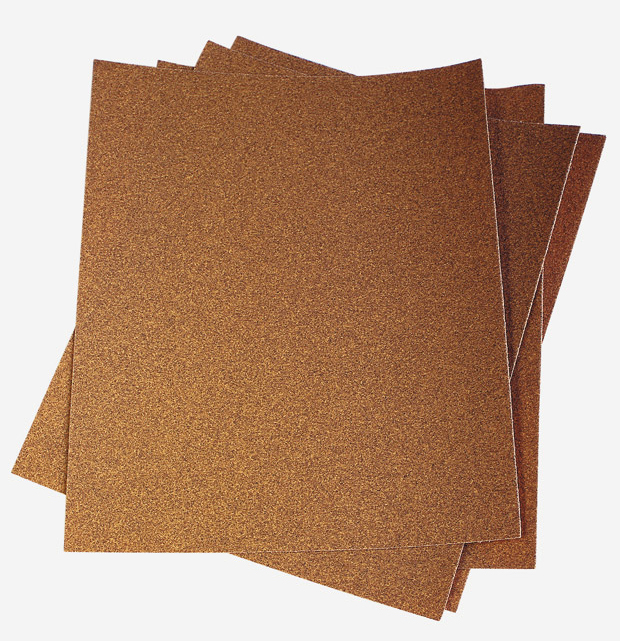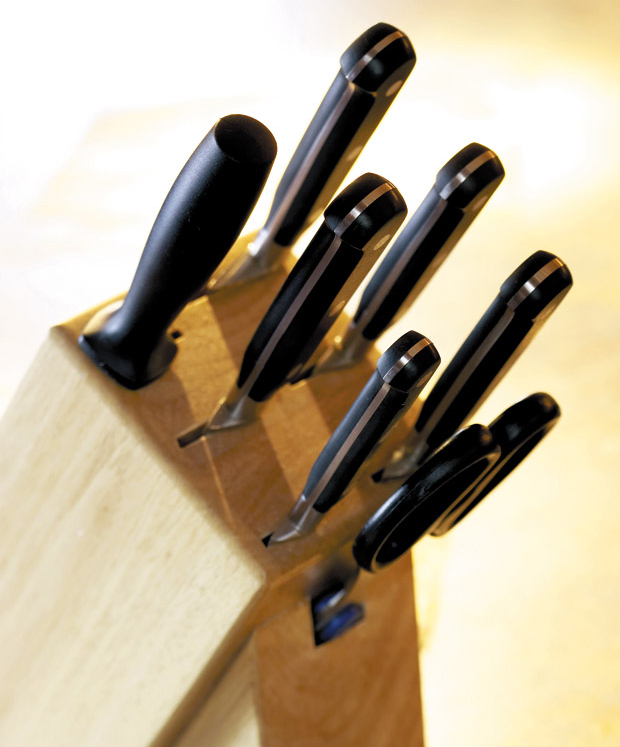One of my favorite places in our house is our kitchen island.
It is actually a portable roller cart made of butcher block. It retails for more than $1,000 at Williams Sonoma, but I found one second-hand for less than 10 percent of MSRP.
The previous owner had it for a few years, and I’ve had it for more than three. It is still good as new. When I looked into how to properly care for it, I was pleasantly surprised at just how low-maintenance butcher-block material can be.
One of the most attractive features of the material is that you can cut directly on it. An article put out by Matt Shipman, of North Carolina State University, discusses the pros and cons for cutting on wood versus plastic. He recommends using plastic cutting boards for things like meat, because those boards can be sanitized in the dishwasher, and using wood for fruits and vegetables.
Butcher block cannot be placed in the dishwasher, and you should avoid applying harsh chemicals on it. Why? They can damage the surface and cause discoloration. Plus, you probably don’t need to. The grains in the wood have natural antimicrobial properties, and you can use gentle household items to clean the surface.
For daily cleans, wipe the surface so that it is free of debris. A wet cloth or paper towel should do the trick. Then, follow it up with hot water mixed with liquid dish soap.
If you want to give it a deeper scrub, add some salt and scrub it in. Then, apply white vinegar and wipe it clean with another damp paper towel. If you want to clean a particularly troublesome area, such as a stain, use lemon and salt. Cut a lemon in half. Apply salt to the cut side and scrub with the lemon, squeezing some of the juice out as you go.
Rinse well and dry. If the stain is still there after a day or two, you may need to refinish.
Use a heavy grit sandpaper to rub out the stain. You can also use this on uneven spots. Once you’ve worked through the stain, switch to a lower grit and smooth everything out. Then, apply a food-grade mineral oil to the surface. Apply one coat and wait 30 minutes to allow the oil to soak in. Then, apply a second coat. Wait another 30 minutes and wipe the excess. For regular maintenance, apply a thin coat of oil once every six months.
Have a comment or question for Joanne? Email thefixisinhawaii@gmail.com.



